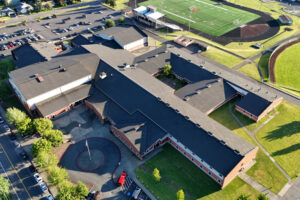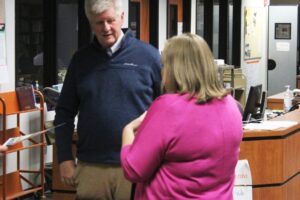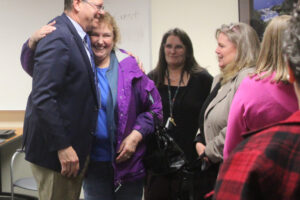Earlier this year Washougal School District superintendent Mary Templeton and Washougal High School principal Aaron Hansen had a conversation about the role of the high school’s student representatives to the district’s board of directors.
For the past 10 years, the school has been sending selected students to deliver reports at school board meetings, but Templeton and Hansen agreed they wanted to come up with and implement a formal policy that instructs how the representatives will be chosen, as well as their roles and responsibilities while giving them more of a “voice.”
Hansen conducted research, developed a plan and presented it to the board of directors at their March 26 meeting.
The plan calls for two students – one senior and one junior – to be selected as representatives for each school year beginning in 2019-20. Both students must be part of Washougal High’s student council and in good academic standing.
The board members had positive reactions to the plan.
“I like the direction that we’re going with this,” Washougal School Board Chair Cory Chase said. “I’m excited to have that representation and to have feedback and the opportunity to interact (with students) and have them be part of our board. I think it’ll be good. We’ll make them part of the team for sure. It’s a great opportunity for them to try to have some involvement and add something to their resume.”




